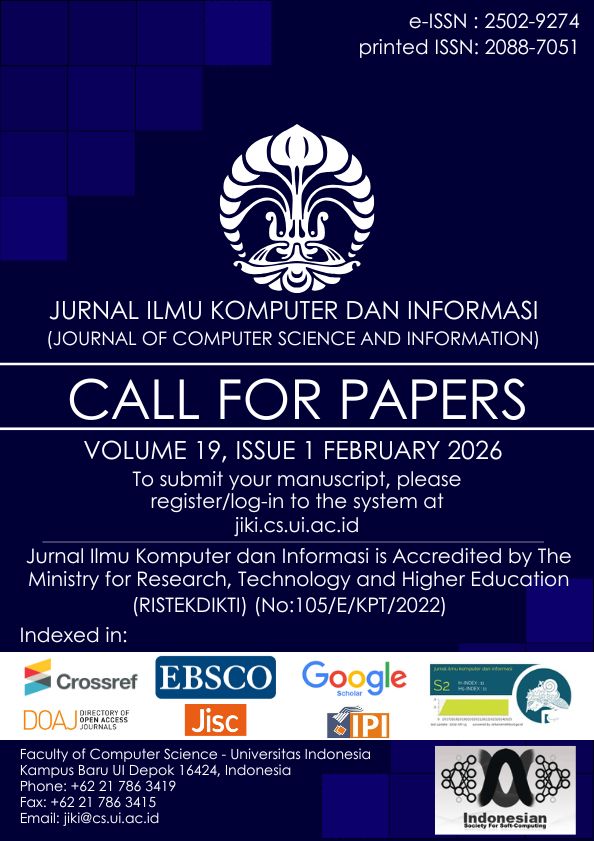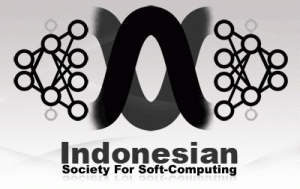Biometric System for Person Authentication Using Retinal Vascular Branching Pattern
DOI:
https://doi.org/10.21609/jiki.v16i2.1156Abstract
The person’s retina has its uniqueness that can be used as biometric recognition. The use of the retina as a marking feature in biometrics is more accurate in making calls, verification, and authentication. Retinal biometric characteristics are unique and difficult to manipulate, thus making the retinal biometric system one of the most reliable biometrics compared to other biometric characteristics. The retinal biometric system can be formed using extracted retinal vessels. The difficulty in extracting retinal vessels is a characteristic of retinal vessels. itself includes (central artery, central branch artery, central vein and central branch vein), the ratio of the thickness ratio between the different retinal arteries and veins (2:3), the location of the retinal artery and vein and the color. This complexity often results in errors in the retinal blood vessel extraction process, where not all blood vessel objects can be extracted properly which can reduce the accuracy of the retinal biometric system. This study will address the problem of extracting retinal vessels by proposing the use of an extraction method to produce truly unique retinal features to be included in the retinal biometric system by tracing all branches of the retinal vessels (consisting of: bifurcation, trifurcation and crossover). ). The accuracy results show that 99.81% of the images were correctly detected. The blood pattern is obtained by doing extraction which includes the preprocessing stage and is continued by doing the blood extraction stage. This pattern extraction result is used as a unique pattern to be included in the feature vector of the biometric system in identifying person based on the retina.
Downloads
Published
How to Cite
Issue
Section
License
Authors who publish with this journal agree to the following terms:
- Authors retain copyright and grant the journal right of first publication with the work simultaneously licensed under a Creative Commons Attribution License that allows others to share the work with an acknowledgement of the work's authorship and initial publication in this journal.
- Authors are able to enter into separate, additional contractual arrangements for the non-exclusive distribution of the journal's published version of the work (e.g., post it to an institutional repository or publish it in a book), with an acknowledgement of its initial publication in this journal.
- Authors are permitted and encouraged to post their work online (e.g., in institutional repositories or on their website) prior to and during the submission process, as it can lead to productive exchanges, as well as earlier and greater citation of published work (See The Effect of Open Access).










